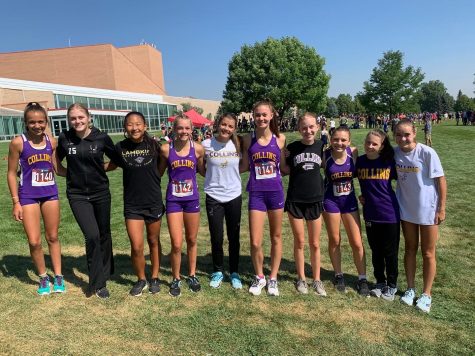Plants promote healthy living amid pandemic
October 1, 2020
Evidence in the Amazon Rainforest suggests humans have greatly influenced local vegetation diversity for at least 4,500 years, according to a study published in 2018. Many herbs and flowers have been crucial in the research and development of medicine. Some plants, such as the baobab trees of Africa, have even come to represent entire cultures or regions. Throughout history, nature, farming, and plants have played a key part in civilizations across the world and in many ways.
In the present, understanding and being able to care for plants has a multitude of effects. Personally growing produce can help lessen the impact mass transportation and water usage required to grow fruits or vegetables typically bought at the grocery store have on the environment. Projects such as community gardens also help build social skills and encourage people to connect with those around them. Caring for a plant or garden has also been shown to improve not just one’s physical state, but their mental health as well.
“I think that if people are able—if they have the resources, the time, the know-how, the space, all of that—if they are able to grow some of their own food, I think that it’s very good for their physical and mental health,” Horticulture teacher Kristina Runde said.
Across the world, there is an ever-growing community of people who invest their time and interest in what nature has to offer. With the progression of COVID-19 and government-issued quarantine, many have picked up gardening or planting as a stress reliever and a way to keep them going amid difficult times.
“I think that having things that I worked hard on, paying off—like you can see that change over time—really helps me be like, hey, this is working. I’m moving forward,” junior Tasha Bopray, who recently found a love for plants, said. Bopray, who has been interested in plants for roughly a year, first picked up the hobby from her mother, who gave Tasha a cutting from one of her plants to take care of and grow.
“She cut part of it off and then put it in water and it grew roots, then I got to put it in dirt and I grew it on my own and it’s doing really well,” Bopray said. “It’s a lot different than it was when I first got it, and I think that’s really cool.”
Getting the results Bopray achieved requires keeping some factors in mind. Doing proper research to find the plants that will be right for the time and space one has can help gardeners avoid unnecessary stresses and setbacks later on. Finding people willing to offer tips and tricks or share information can also help, as well as establishing an understanding that things may not always go as planned and maintaining a positive attitude despite potential issues.
“Just don’t be afraid to make mistakes,” Runde said. “Don’t be afraid to just try again, you know, persevere, stick with it. And even if some years are better than other years, it’s a very rewarding thing.”
The rewards, for Runde, Bopray, and many others go beyond eating a fresh garden salad or cutting a custom bouquet.
“I think it’s too much to expect everyone to grow something, but I think that the more people who do grow something, the better off they will be,” Runde said. “And I mean, maybe I’m biased here, but I would like to think that the more people grow something, the better off our society and our planet would be.”


